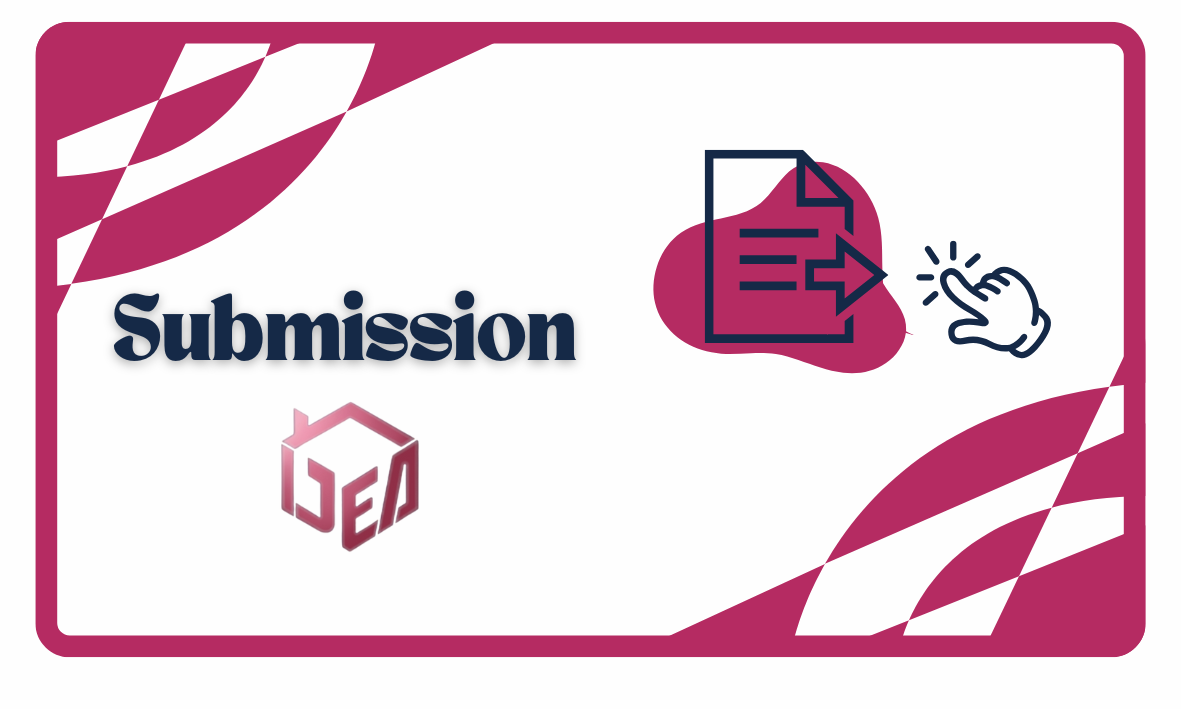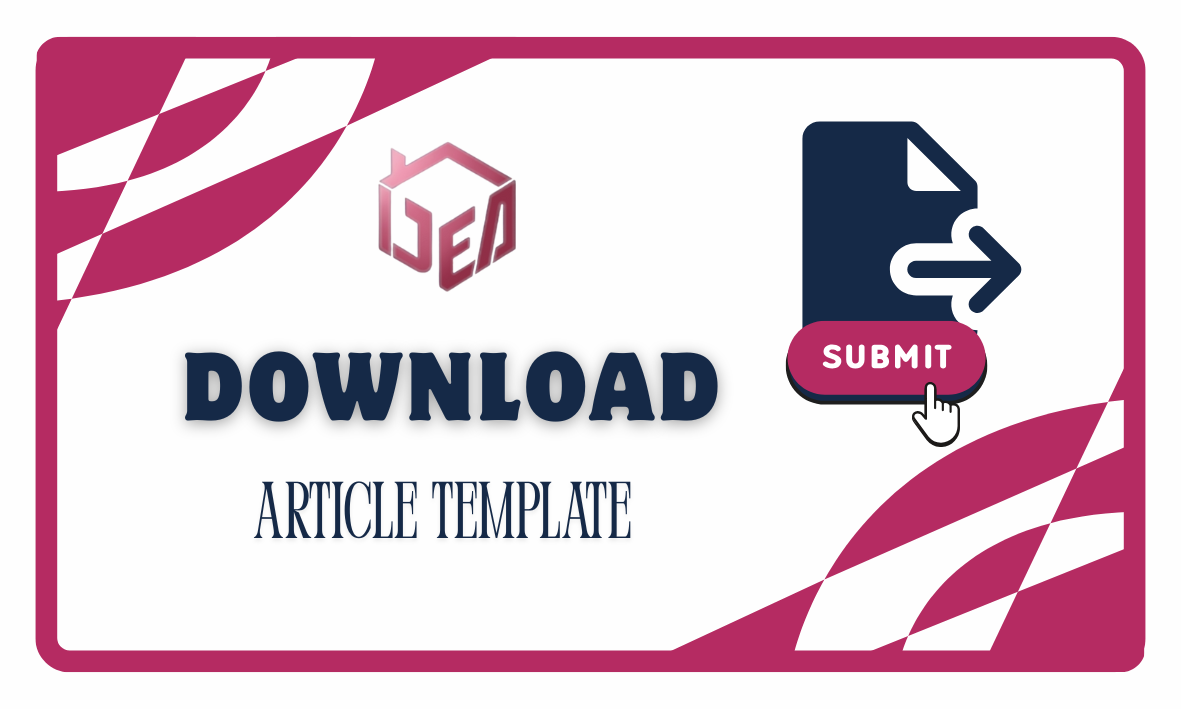Enhancing ERP Performance and Business Efficiency Through TOGAF Implementation
DOI:
https://doi.org/10.61220/ijea.v2i1.0244Keywords:
TOGAF, enterprise architecture, ERP performance, business efficiencyAbstract
This article discusses how TOGAF (The Open Group Architecture Framework) is applied to Gojek's corporate information system with the aim of increasing business efficiency and information system performance. In the growing digital era, information systems are very important for business. TOGAF helps companies develop, plan, implement, and properly manage their architecture. In this article, the basic concepts of TOGAF are explained, as well as how Gojek companies can implement them. This study used a qualitative method by conducting interviews with Gojek and Enterprise Resource Planning (ERP) employees. In addition, the results and discussion of the GAP analysis conducted on Gojek's business architecture, data architecture, and enterprise application architecture are discussed in this article. TOGAF is expected to improve the performance of Gojek's information system. This article provides an overview of the topics to be covered and summarizes the contents of the article.
References
De Vries, M., & van Rensburg, A. (2014). Enterprise Architecture. Designing Enterprise Architecture Frameworks, 8(2), 77–96. https://doi.org/10.1201/b16417-6
Djumoko, J. J., & Augie David Manuputty. (2021). Perencanaan Arsitektur Enterprise Di Language Training Center-UKSW Menggunakan Framework. Perencanaan Arsitektur Enterprise Di Language Training Center-UKSW Menggunakan Framework, 8(1), 225–236.
Mualo, A., & Budiyanto, A. D. (2016). Perencanaan Strategis Sistem Informasi Menggunakan Togaf (Studi Kasus : Universitas Satria Makassar). Seminar Riset Teknologi Informasi (SRITI) Tahun 2016, 294–304.
Panama, D. T. (2021). Analisis dan Perancangan Enterprise Architecture Sistem Logistik Berbasis Resource Sharing Pada Fungsi Trucking Menggunakan Framework TOGAF ADM. Engineering, 8(2), 1–6.
Supriyana, I. (2010). Perencanaan Model Arsitektur Bisnis , Arsitektur Sistem Informasi dan Arsitektur Teknologi Dengan Menggunakan TOGAF : Studi Kasus. Framework, 5(1), 1–9.
Wulandari, R., & Hartomo, K. D. (2022). Rancangan Arsitektur Sistem Informasi E-Customer Relationship Management Menggunakan Metode Enterprise Unified Process. Jurnal Media Informatika Budidarma, 6(3), 1387. https://doi.org/10.30865/mib.v6i3.4324
Djumoko, J. J., & Augie David Manuputty. (2021). Perencanaan Arsitektur Enterprise Di Language Training Center-UKSW Menggunakan Framework. Perencanaan Arsitektur Enterprise Di Language Training Center-UKSW Menggunakan Framework, 8(1), 225–236.
Ekawati, R. K. (2017). Perencanaan Infrastruktur Teknologi Informasi pada Bank dengan Framework TOGAF. Jurnal Sistem Informasi Bisnis, 7(2), 154. https://doi.org/10.21456/vol7iss2pp154-160
Fadillah Zakaria, I., & Afrianto, I. (2023). Tinjauan Literatur : Penerapan Sistem ERP berbasis Cloud Computing Pada Perusahaan Industri Manufaktur. February.
Fathurohman, A., & Legowo, N. (2023). Using the Delone and Mclean Models Analisis Faktor-Faktor Kesuksesan Penerapan Enterprise Resource Planning ( ERP ) Menggunakan Model Delone and Mclean. 4(3), 2143–2159.
Indriani, R., Murahartawaty, M., & Hanafi, R. (2016). Analisis Dan Perancangan Technology Architecture Menggunakan the Open Group Architecture Framework Architecture Development Method (Togaf Adm) Pada Pt Shafco Multi Trading. Jurnal Rekayasa Sistem & Industri (JRSI), 3(01), 1. https://doi.org/10.25124/jrsi.v3i01.34
Murti, D. N., Prasetyo, Y. A., & Fajrillah, A. A. N. (2017). Perancangan Enterprise Architecture Pada Fungsi Sumber Daya Manusia (SDM) Di Universitas Telkom Menggunakan Togaf ADM. Jurnal Rekayasa Sistem & Industri (JRSI), 4(01), 47. https://doi.org/10.25124/jrsi.v4i01.233
Wulandari, R., & Hartomo, K. D. (2022). Rancangan Arsitektur Sistem Informasi E-Customer Relationship Management Menggunakan Metode Enterprise Unified Process. Jurnal Media Informatika Budidarma, 6(3), 1387. https://doi.org/10.30865/mib.v6i3.4324
Downloads
Published
Issue
Section
License
Copyright (c) 2024 Nurul Fadilah Aswar (Author)

This work is licensed under a Creative Commons Attribution-ShareAlike 4.0 International License.





















 Email : ijea@lontaradigitech.com
Email : ijea@lontaradigitech.com
